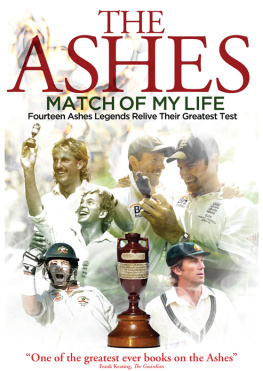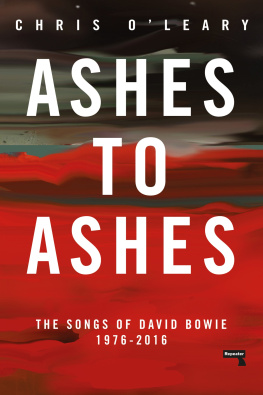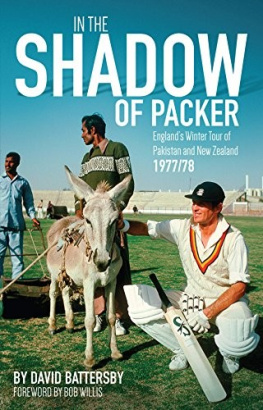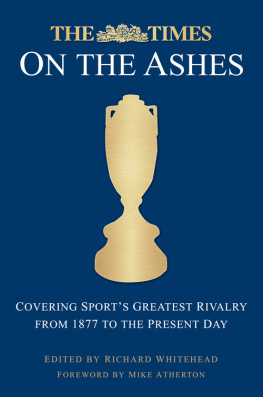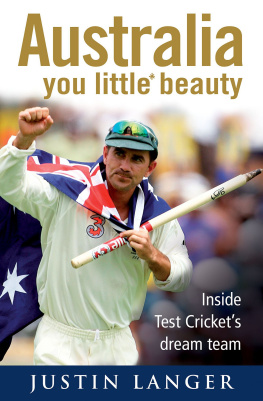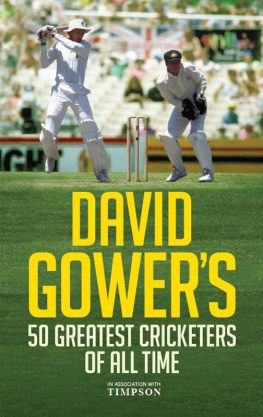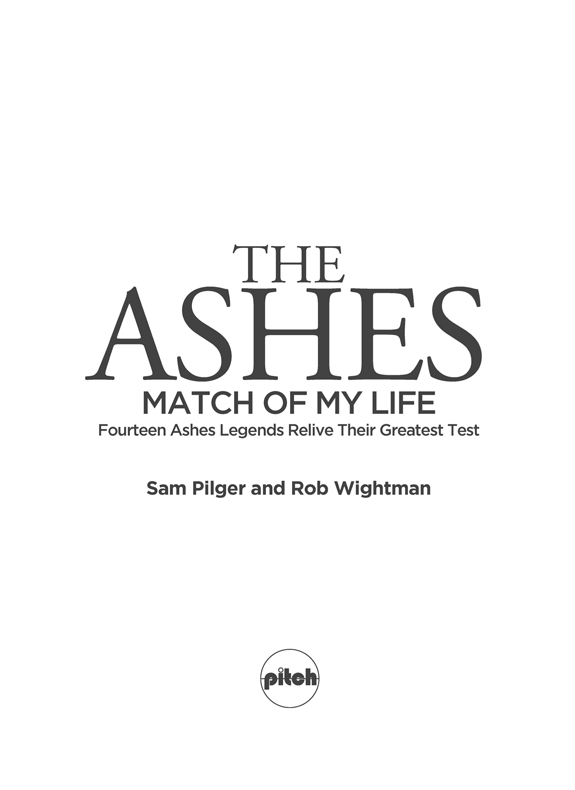
This edition first published by Pitch Publishing 2013
Pitch Publishing
A2 Yeoman Gate
Yeoman Way
Durrington
BN13 3QZ
www.pitchpublishing.co.uk
Sam Pilger and Rob Wightman, 2013
All rights reserved under International and Pan-American Copyright Conventions. By payment of the required fees, you have been granted the non-exclusive, non-transferable right to access and read the text of this e-book on-screen. No part of this text may be reproduced, transmitted, downloaded, decompiled, reverse-engineered, or stored in or introduced into any information storage and retrieval system, in any form or by any means, whether electronic or mechanical, now known or hereinafter invented, without the express written permission of the Publisher.
A CIP catalogue record is available for this book from the British Library
Print ISBN 978-1-90917-897-7
eBook ISBN 978-1-909626-03-4
Typesetting and origination by Pitch Publishing.
eBook conversion by eBookPartnership.com
Contents
Editors Acknowledgements
From Sam
I WOULD LIKE to thank the eight cricketers I collaborated with: Glenn McGrath, Justin Langer, Mike Hussey, Mark Taylor, Ashley Giles, David Gower, Merv Hughes and Paul Collingwood. I am also grateful to Carmen Gunn and Warren Craig at Titan Management, Cheri Gardiner, Diana van Bunnens at SFX, Alison Prosser and Tracy Gaffey and Neil Fairbrother at ISM. Special thanks to Tony Harper and Adam Burnett for their help and advice. Thank you to Justyn, Geoff, Leo and Louis for the good times and trips to the bar each summer. I am very grateful to Paul Camillin and Jane Camillin at Pitch Publishing for their hard work, and to Duncan Olner for his brilliant cover. Thank you to my co-writer Rob for being a great ally on this project. Thank you to my Mum for those early trips to the MCG, and to my Dad for that first trip to the SCG in 1984, and to both for all their love and support. Most of all, thank you to my wife Esther, and my children Louis and Matilda, who are my best friends and the inspiration for everything I do. Their love makes it all worthwhile.
From Rob
I WOULD LIKE to thank all the cricketers for their enthusiasm and insight. Particular gratitude goes to those with whom I worked: Neil Harvey, Ray Illingworth, Jeff Thomson, Geoff Boycott, Bob Willis and John Emburey. Thank you to Paul Camillin and the team at Pitch Publishing for all their efforts in bringing out the book. Thanks also to Simon Mann, David Willis, Middlesex County Cricket Club, Eivion Bowen at Cricket Victoria, and Stephen Gray at Queensland Cricket. Thank you to my co-writer Sam for his humour, conscientiousness and determination to make this project a success. Special thanks to my family for their support and those trips to New Road, Worcester. Above all, thank you to Tamsin and Natasha for all the love, encouragement and understanding I value so much.
Sam Pilger and Rob Wightman
March 2013
Introduction
THERE WAS A sick feeling in the pit of my stomach as I sat on the top deck of the number three bus winding its way towards The Oval in September 2005.
I was headed to the final day of the fifth Ashes Test aware I could be about to encounter the sight I had gleefully avoided since I was at school: an England captain holding the Ashes.
For 16 years I had enjoyed a succession of Australian victories; I had been at Lords in 1989 to watch Allan Borders side begin this era of dominance and then at the SCG in 2003 as Steve Waughs team collected the Ashes after an eighth consecutive series win.
Every two years, five or six Tests were played, and then a group of men wearing baggy green caps got to have their picture taken with the urn.
But on that day eight years ago my fears were realised as I watched Michael Vaughan lift the Ashes and lead his side on a lap of honour. As I left The Oval an electronic sign above the Hobbs Gate flashed The Ashes are Home in to the night sky, while England fans spilled out of the surrounding pubs.
Since then this scene of English joy has become quite common and been repeated twice more with Andrew Strauss holding aloft the Ashes at The Oval in 2009, and again at the Sydney Cricket Ground in 2011 to usher in a new era of England dominance.
I hope the following chapters have captured both the unique spirit and the enduring appeal of the Ashes. The long history of the battle for the urn has, for the most part, been about the pursuit of glory, and not about humiliating the other side. The concept of Mateship extends to the opposition dressing room.
Each player in this book speaks about their all-consuming desire to triumph, but also to win the respect, and sometimes friendship, of the opposition players and fans. Without sacrificing any passion, and there remains plenty of rancour, the Ashes have managed to avoid much of the pettiness and ugliness of other sports.
As the former England captain Andrew Strauss has so neatly said, The Ashes represents all that is best about cricket.
The Ashes have provided the stage for some of England and Australias finest ever players to prove themselves, and here, those that I worked with give a fascinating insight in to the struggle behind their triumphs.
A year after being humbled by the West Indies, David Gower captained England to the Ashes in 1985; Mark Taylor was on the brink of becoming a surveyor before the tour of 1989 turned him in to one of the games greats; Merv Hughes overcame a poor start to his Test career and a succession of injuries to bowl Australia to the Ashes in 1993.
Justin Langer recounts his decade-long journey from being what he calls the invisible man of Australian cricket to scoring 250 at the MCG in 2002.
After being out of the game for a year with an ankle injury it was assumed Glenn McGrath was finished, but he returned to take his 500th wicket during a devastating spell at Lords in 2005, while Ashley Giles was branded not good enough after defeat in that first Test, but seven weeks later was out in the middle guiding England to the Ashes at The Oval.
Mike Hussey had long given up on ever playing Test cricket for Australia, but found himself hitting the winning runs at the Adelaide Oval to complete Australias greatest ever Ashes comeback at Adelaide in 2006.
Paul Collingwood endured the pain of being whitewashed 5-0 in that series in 2006/07, but four years later he returned triumphant, helping England to win the Ashes in Australia for the first time in 24 years in the final Test of his career.
Wickets and runs against every other Test nation have always been gratefully accepted, but each of these players has found that real greatness can only truly be grasped in the Ashes.
Sam Pilger
March 2013
Introduction
LIKE MANY ENGLISH and Australian cricket fans, I have a JFK moment. I remember exactly where I was when the Ashes first caught my imagination. It was a Monday afternoon in July 1981 and, by chance, I switched on my familys portable black-and-white television to see Ian Botham smashing the increasingly frustrated Australians to all parts of Headingley.
As a nine-year-old, I knew little about the intricacies of Test cricket but sensed from Bothams swagger and Dennis Lillees scowl that I was witnessing something special. My eyes were then fully opened to the rich entertainment and raw emotion of the Ashes when Bob Williss devastating spell of fast bowling completed Englands sensational comeback.
During the rest of that memorable series I began to appreciate why the ebb and flow of EnglandAustralia series has enthralled millions of cricket followers for over a century.
Next page
